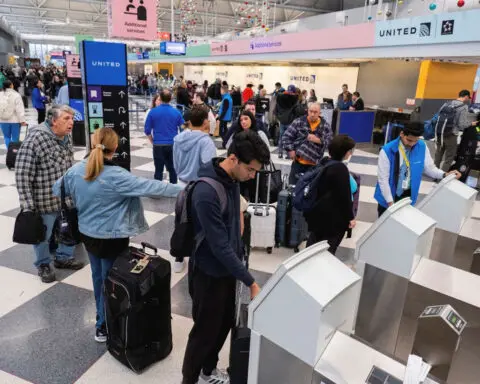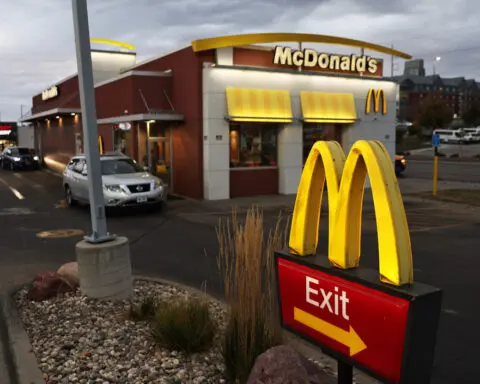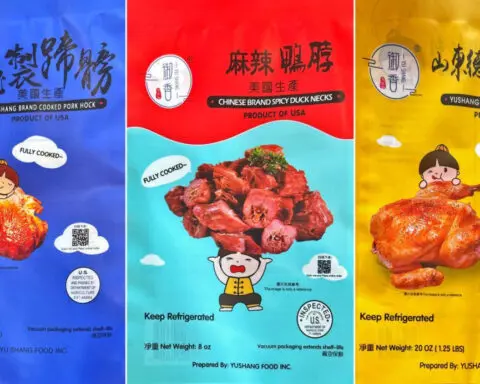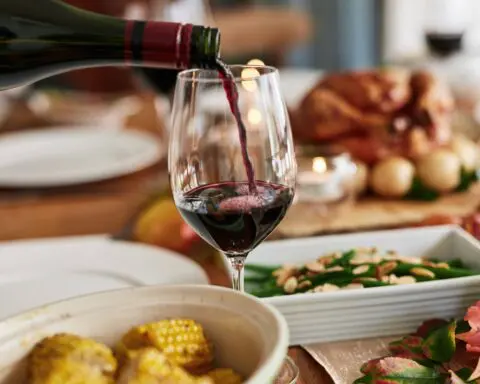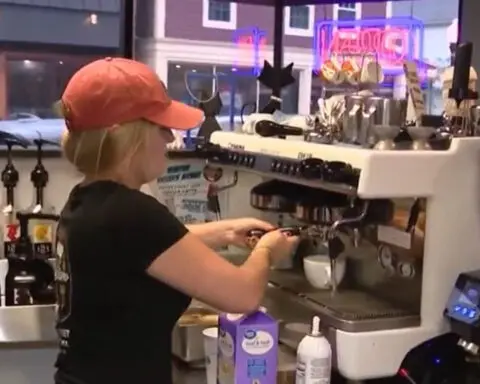For nearly a century, the aroma of sizzling carne asada and the sweet tang of salsa has become one of Los Angeles's distinctive signature meals. Ever since old-school spots like El Cholo Cafe first opened their doors back in 1923, Mexican restaurants have only multiplied across the city - over 5,500 places to grab tacos or margaritas county-wide today.
Their sheer numbers point to more than just good food, though. They show the fierce pride that Latino families here feel in preserving the special recipes and customs that grandparents and great-grandparents brought decades ago from Mexican hometowns they still cherish. Whether found in mom-and-pop taquerias where memories hang thick as mole sauce or taco trucks passing tastes of home through steamy windows, these spots give Angelenos more than full bellies. They nourish an unbreakable bond between people, cultures, and the city they call home - one soaked in tradition as distinctive as the California sunshine.
With over 5,500 eateries county-wide, L.A. claims the most Mexican restaurants nationwide. Their sheer density mirrors the pride Southern Californians have for traditions passed down through generations. “I grew up wandering into my abuela’s steamy kitchen, standing on my tiptoes to watch her press tortillas by hand,” shares East L.A. native Marta Sanchez. “Now I pass on all her secret spices and techniques to my own kids as we prepare big Sunday family dinners together.”
This desire to honor heritage has fueled the popularity of iconic establishments for nearly a century now. El Cholo Spanish Cafe first flung open its doors in 1923 Downtown, dishing classic Sonoran-style fare like tableside guacamole, bubbling queso fundido dip, and their renowned margarita - bursting with fresh citrus flavor since the days of silent films and flapper skirts. Their continued success comes from balancing consistency with innovation over the decades.
“We still use my bisabuela’s original recipe perfected in 1903 for our legendary red enchilada sauce,” shares El Cholo executive chef Angela Perez. “But we also experiment with modern flavors like shrimp stuffed pasilla peppers when inspiration strikes from L.A.’s global ingredients.” This willingness to explore outside traditions led to their popular Peruvian ceviche tostada joining the menu last year, rapidly becoming a signature dish.
Casa Vega in Sherman Oaks has followed the same adaptable path since opening in 1956. Their classic dark wood interior, specialty margaritas, and satisfaction guarantee keep drawing crowds. So do traditional plates like their shredded beef enchiladas bathed in mole poblano sauce's velvety volcanic depth. But special weekly tamale offerings allow room for ingenious new fillings. Recent experiments fused Thai red curry chicken or Impossible plant-based meat with bright Oaxacan salsa verde and corn masa.
"Tamales make the perfect creative vehicle because they easily absorb global flavors while paying tribute to ancestral techniques," says head chef and owner Christina Vega. "We aim to balance respect for heritage dishes with playful reinvention." She sources many ingredients from the small garden plot her grandmother first tilled decades ago, now overflowing with fragrant cilantro, fiery peppers, and plump heirloom tomatoes.
Beyond just stalwart sit-down venues, L.A. takes equal Mexican food pride in its no-frills taco trucks and bustling hole-in-the-wall taquerias. Customers routinely face hour-long waits for a minimalist but mouthwatering fare at Guerilla Tacos, run by Wes Avila. His banh mi and lomo saltado fusion tacos continually garner praise from the national press and local devotees alike.
Meanwhile, Tacos Los Cholos keeps things classic, as hungry patrons patiently queue for giant stuffed tortillas overflowing with succulent carne asada, whole beans, and pico de gallo until the wee hours. Their loud jukebox, Dodgers memorabilia and friendly staff attract everyone from hipsters to construction workers.
Affordable accessibility fuels much of these operations’ goodwill. “I’ve gone to the same East L.A. lonchera every Tuesday since middle school with my best friends,” shares local KCRW reporter Maria Lopez. “Now we all bring our own kids to share piping hot al pastor tacos and queso-dripping quesadillas for just a few dollars.” These eateries offer reliable gathering spots spanning generations - providing more than just full stomachs.
“For many L.A. residents, these restaurants serve as cultural community centers celebrating our Chicano roots,” says Jose Gonzalez, executive director of the Hispanic Chamber of Commerce. He credits their dual role to the fierce loyalty locals devote to longtime favorites. "Their meals simultaneously nourish our connections to ancestral customs and family histories. That holistic meaning turns routine takeout into a cherished ritual.”
This cultural nourishment financially uplifts owners and employees too - the vast majority hailing from Latino backgrounds themselves. “Mexican restaurants generate over 40% of restaurant industry jobs and earnings in Los Angeles County,” Gonzales shares. “They provide crucial livelihoods for recent immigrants and first-generation families.”
Celebrated L.A. Times columnist Pilar Marrero profiles many such ventures in her latest book, “The Workers Who Feed L.A.” She spotlights Vietnamese taco shop owner Mario Nguyen, who briefly sold flowers on the street to make rent two decades ago when he first arrived in California. Or Lydia Gonzalez, who went from bussing tables to now owning two bustling East L.A. diners - allowing her to put three kids through college.
“Most struggled when new to this country, watching parents and grandparents cook traditional dishes from small Mexican hometowns they yearned for,” describes Marrero. “Now they uplift food traditions while creating jobs so fellow immigrants can find opportunity like my family did.”
Owners across L.A. County embrace this responsibility to give back, donating profits to local non-profits and converting venues into pandemic food banks and vaccination sites. “For us, nourishing the community through food and advocacy are intertwined,” says third-generation Casa Vega owner Christina Vega. “My grandparents opened this restaurant so fellow immigrants would always have a reliable gathering place and income. We aim to continue that welcoming legacy.”
From swelling the local economy to preserving culture, Mexican eateries’ multifaceted impact cements their rightful place as Los Angeles backbone institutions. As the county boasts the most establishments nationally, their past and future hold secure so long as the cuisine stays creative, affordable and community-focused.
“These restaurants feed our spirits as much they fill our bellies,” concludes Gonzales. “Their belonging to L.A. grows stronger by the decade because they provide more than a quick bite - they offer the familiar flavors of home we crave when missing our roots.”
So while the nation recognizes L.A. for Hollywood glamour, shiny beaches, and artists’ lofts, locals understand its true heart pumps from more humble venues - be it decades-old cantinas dimly glowing with memories or makeshift trucks passing steaming foil-wrapped bounties through buzzing windows under the sunrise. All pay daily tribute to the city's greatest treasure: the artistry and joy overflowing from generations honoring heritage by sharing a simple, perfect meal together.

 What to know about Lori Chavez-DeRemer, Trump's pick for labor secretary
What to know about Lori Chavez-DeRemer, Trump's pick for labor secretary
 White House officials meet with telecoms execs on suspected China hack
White House officials meet with telecoms execs on suspected China hack
 US judge rejects SEC bid to sanction Elon Musk
US judge rejects SEC bid to sanction Elon Musk
 US, Fiji start talks to boost military ties
US, Fiji start talks to boost military ties
 Venezuela opens investigation against opposition leader for alleged treason
Venezuela opens investigation against opposition leader for alleged treason
 Louisiana lawmakers pass income and corporate tax cuts, raising statewide sales tax to pay for it
Louisiana lawmakers pass income and corporate tax cuts, raising statewide sales tax to pay for it
 Charlotte airport workers voting on whether to strike during busy Thanksgiving travel week
Charlotte airport workers voting on whether to strike during busy Thanksgiving travel week
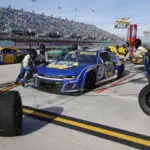 Chase Elliott named NASCAR's most popular driver for 7th straight season
Chase Elliott named NASCAR's most popular driver for 7th straight season
 76ers center Joel Embiid sidelined due to swelling in his left knee and will miss two games
76ers center Joel Embiid sidelined due to swelling in his left knee and will miss two games
 Royals acquire second baseman Jonathan India from Reds for right-hander Brady Singer
Royals acquire second baseman Jonathan India from Reds for right-hander Brady Singer
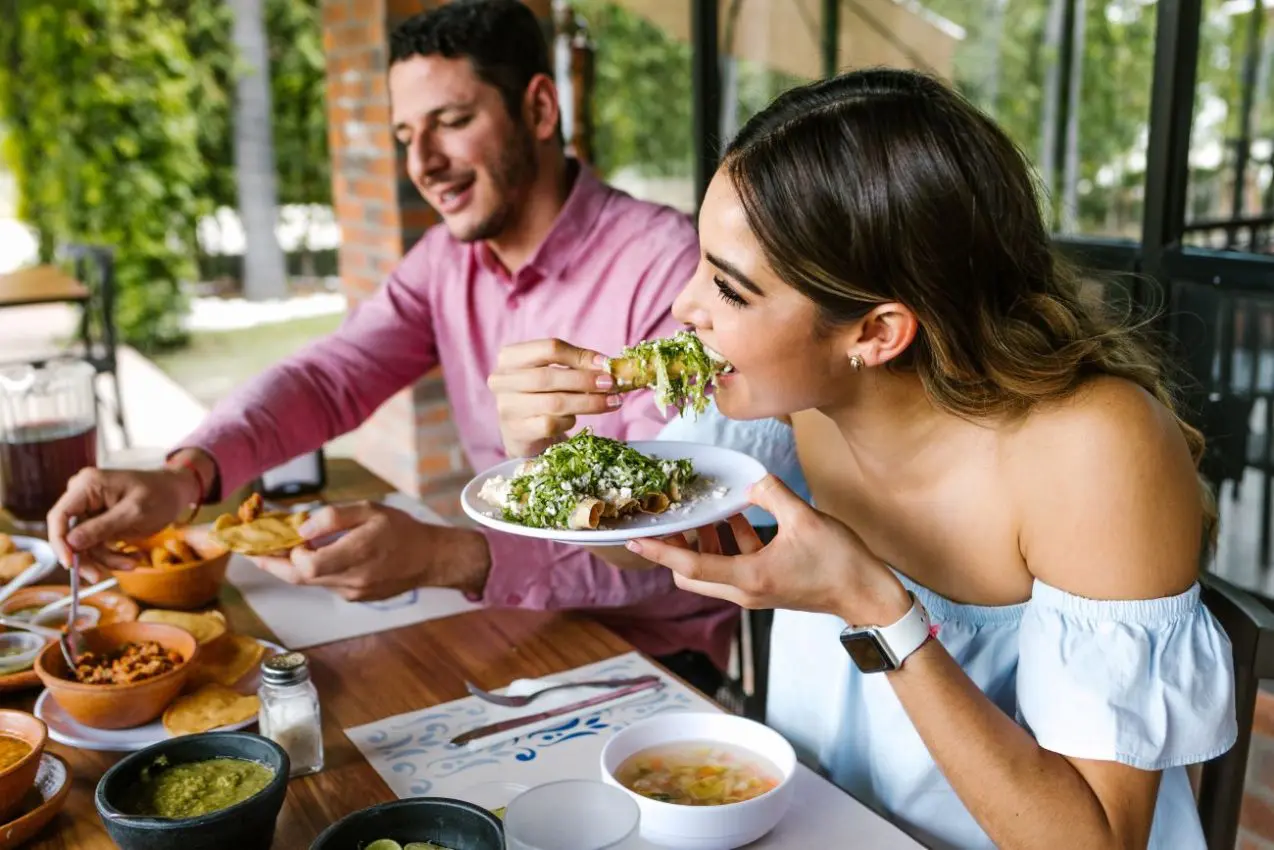 L.A. claims the most Mexican restaurants nationwide.
L.A. claims the most Mexican restaurants nationwide.

